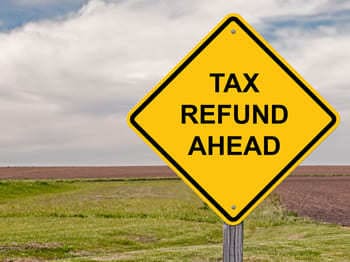Why Are Tax Refunds Available Regardless of Income?

A tax refund occurs when a filer shows more paid in income taxes than he or she is responsible for. It is dependent upon a difference between the tax that is owed to the Treasury at the end of the year and the amount that has been withheld throughout the year. If the amount of tax owed is less than the latter number, that individual receives a tax refund. According to the FDIC, 77% of tax returns filed receive a refund check and the average refund was around $2,000.
While $2000 may be the average, some of the largest refunds are received by high income taxpayers. All filers are eligible to receive a tax refund, as it simply indicates that more was paid toward a bill than was necessary. When the government is owed less than what has already been paid, or qualified for, a taxpayer will receive a federal tax or state refund for the difference, regardless of their adjusted gross income.
Approximately 40 million people with low incomes are not required to pay federal income taxes, however, these individuals are still eligible for a tax refund. This is because many tax credits are what's known as "refundable". People who file do not need to have earned an income or had any taxes withheld in order to receive one of these credits and if there is no tax due they are eligible to be collected through a refund. Those wishing to take advantage of this do need to file an income tax return in order to collect it.
